Where Can Brick Slips Be Installed?
The Simple Answer is that you can install brick slips almost anywhere, with only a few exceptions. Externally or internally- on flat surfaces
Please note- this is for guidance only, you may need to consult an installation specialist to understand if installation is suitable for your specific walls.
Can I Fit Them Outside?
Yes, as they’re genuine brick- our tiles can cope with the elements with no problems. The only thing to consider is how they’re fitted to the wall.
Most large projects use a cladding system, which is made up of modular frames fixed to the walls- so no adhesive is needed, the tiles just slot into those frames. There are different ones out there and some may suit your project better than others. If you think your project may need a system, get in touch with us and our specialists will discuss the options with you.
If you’re just tiling a small area, however, you can still use adhesive to apply the tiles as with internal projects. If you use our brick tile adhesive you’ll be fine. See our external brick slip guide for more information.
What Surfaces Can I Fit Them To?
The only real requirement for surfaces is that they are flat, and can take adhesive. With existing brick or blockwork where inevitably there are uneven parts, you simply need to make sure you level that out with the adhesive.
The only areas you can't tile onto would be MDF, plywood or OSB as these materials are made up of separate pieces, which could come apart with the weight of any tiles, or onto anything is itself adhered- as we cannot guarantee the adhesion. For example render, or existing tiles.
For plaster, plasterboard or cement fibreboard we recommend just lightly scoring the surface before applying the primer, this just gives a little extra grip between the wall and the adhesive, creating extra surface area in the process.
Our adhesive has been thoroughly tested to adhere to most walling surfaces, even including steel.
What About Fireplaces?
Our products are perfectly suitable to surround any gas, wood or natural fires with a unit surrounding it such as a stove. The main consideration is the adhesive used- our adhesive has been thoroughly tested at high temperatures, and you should use a cement-based mortar, like ours rather than a lime mortar. See our brick slips in fireplaces guide for more information.
Can I Use Them As Flooring?
It is possible to use brick tiles as flooring, there are a few considerations though. Firstly we wouldn't recommend them as flooring for heavy traffic (i.e cars). They will need to be well-installed as the weight put on them could cause cracks over time if there are air pockets. The other consideration is the texture, we'd recommend using a brick sealant to make cleaning easier, but you also need to consider the natural texture which can make for an uneven floor, however that is also what makes it look amazing! See our brick slips as flooring guide.
Can I Install Them In Every Room?
You can install brick slips in every room in the house. The only advisory point is if you’re installing in a shower. If you want to have brick slips in your shower unit, you have to make sure you prepare properly. As the tiles are genuine brick, they absorb moisture, and therefore you need to make sure you attach them to a cement fibreboard (which is sealed between joins) rather than plasterboard, to make sure this moisture doesn’t permeate any further. If you are using our adhesive this will not then be a problem. The only other factor to bear in mind with wet areas is that your brick tiles will be darker when wet than your dry sample boards.
If the brick slips are going to be installed somewhere messy such as a kitchen splashback or in a bathroom we always advise using a brick slip sealant after installation, to make cleaning and maintenance easier.
Our Brick slips are designed for use anywhere, the great thing with brick is that it has been tested over centuries, and exposed to the elements. The main consideration for most questions is if you need to use corner tiles or reveal tiles for your room, otherwise make sure you use our adhesive to attach the tiles to the wall, with only a couple of other considerations in specific circumstances.







